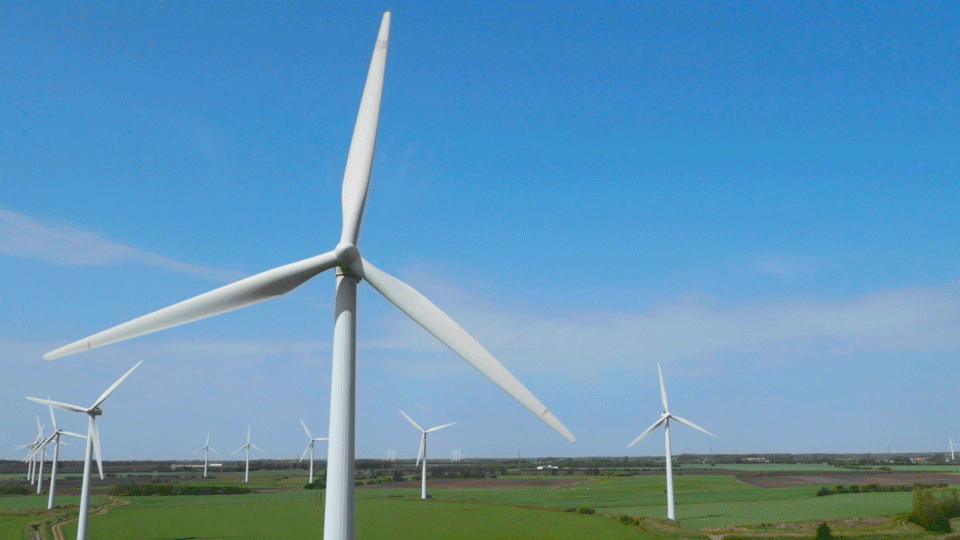Aviation is one of the fastest-growing sources of greenhouse gas emissions, there are multiple technological approaches to sustainable aviation fuels that can decarbonize planes without prolonging the use and dependence on current fossil fuels.
According to new report by Pacific Northwest National Laboratory; In the woods, the circle of life begins with trees sprouting from the forest floor, stretching toward the sky, and then eventually dying and decomposing, helping to create healthy soil for another generation of seedlings.
While it can take a century for some types of wood to fully decompose, researchers at the Department of Energy’s Pacific Northwest National Laboratory and Washington State University took a lesson from nature and discovered a new way to speed the process.
Scientist’s are now exploring how to scale their breakthrough, which may make it possible to transform the wood’s stored carbon into aviation biofuels and other valuable products more easily and cost-effectively.
The subject of their research is lignin, the world’s most abundant renewable substance. Lignin is found in the cell walls of trees and plants where it provides structural strength for standing upright and helps carry water and minerals into their branches.
Lignin is an unwanted byproduct of the pulp and paper industry because it weakens paper and leads to discoloration.
While methods to separate lignin from wood pulp have improved over the years, breaking the complex molecular structure of this woody substance into its basic components—simple sugars and carbon dioxide—remains a formidable challenge.
As a result, this natural resource is typically burned for heating or power generation rather than used to produce high-value fuels or chemicals.
Motivated by white rot fungus, which grows on logs and is particularly good at breaking down lignin, researchers at PNNL and WSU investigated the fungus and its enzymes, which are proteins that accelerate reactions in living cells.
Then, building on their knowledge of this natural process, they developed an artificial enzyme that mimics nature while further increasing the speed and efficiency of the desired chemical reactions.
At the heart of the scientists’ innovation is a synthetic peptide. Peptides are the building blocks of the proteins that fuel all living things. The synthetic version, called a peptoid, has a protein-like structure that can be tailored to deliver the benefits of natural enzymes while overcoming their limitations.
For example, most natural enzymes offer only one active site where reactions take place. By replacing the peptides that surround that site with synthesized peptoids, the scientists created an artificial enzyme that has multiple active sites. The more active sites, the greater the number of reactions that can take place, substantially increasing the rate of conversion.
More specifically, the peptoids arrange themselves into nanoscale tubes and sheets that substantially increase the surface area available for reactions and can be specifically tailored to optimize them.
Compared to approaches focused on harvesting fragile natural enzymes that degrade over time, the artificial enzymes are more stable and cost-effective. They also require lower temperatures, consume less energy and are more environmentally friendly than chemical methods for breaking down lignin.
Now that the research team has developed the first nature-inspired enzyme that successfully and efficiently digests lignin to produce compounds that could be used in biofuels or chemical production, the researchers are focused on optimizing and scaling the process, once again leveraging nature’s design.
Their ongoing efforts seek to improve the enzyme to increase lignin conversion and to generate selective products on a much larger scale with further-improved efficiency. Ultimately, their research could underpin new industrial-scale production processes that would replace petroleum-based ones.
The PNNL-WSU collaboration is devoted to leveraging the cutting-edge science, engineering and analysis of both organizations to transform engineered plants and waste into valuable materials and chemicals.
As the nation transitions to a clean energy future, it is increasingly important to accelerate the development and deployment of a variety of renewable energy sources.
The researchers who are advancing fundamental understanding of untapped resources like this play an important role in helping biobased energy solutions take root.
Steven Ashby, director of Pacific Northwest National Laboratory, writes this column monthly. To read previous Director’s Columns, please visit our Director’s Column Archive.
Related
Discover more from Green Innovation News
Subscribe to get the latest posts sent to your email.





